Grandpa Ron
Been spending a lot of time on here!
- Joined
- Aug 9, 2018
- Messages
- 1,156
- Reaction score
- 703
- Can others edit my Photos
- Photos OK to edit
I think I have reached the limits of my department store telescope lens and my camera adapter. This is "as shot" and the chromatic aberration only increases with magnification.
I have a Newtonian scope to try next but I am told they are not camera friendly because of the geometry.
Still these are fun projects when you are "sheltering in place".
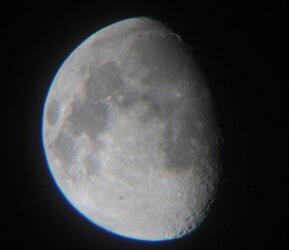
I have a Newtonian scope to try next but I am told they are not camera friendly because of the geometry.
Still these are fun projects when you are "sheltering in place".




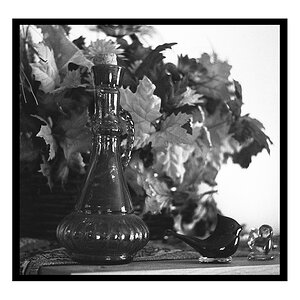
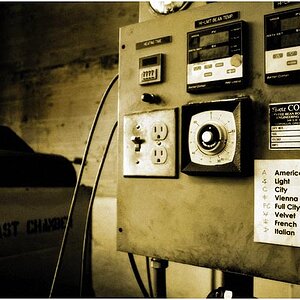
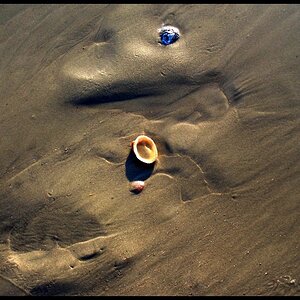
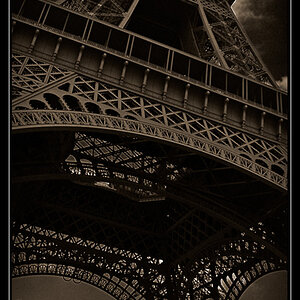
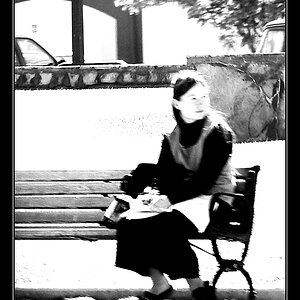

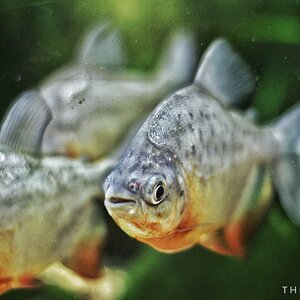
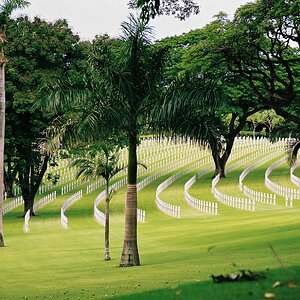
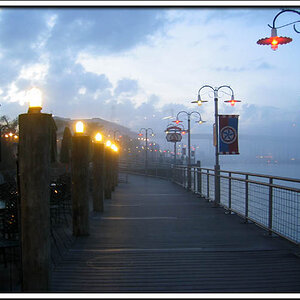
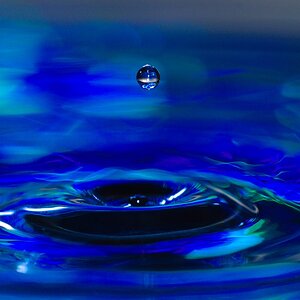
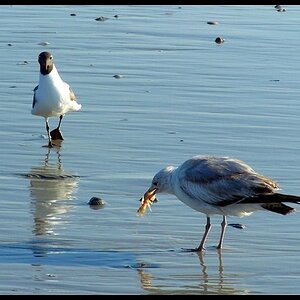
![[No title]](/data/xfmg/thumbnail/40/40288-4d5d7a8aa74ddfceb5fb82062d9b21be.jpg?1619739409)